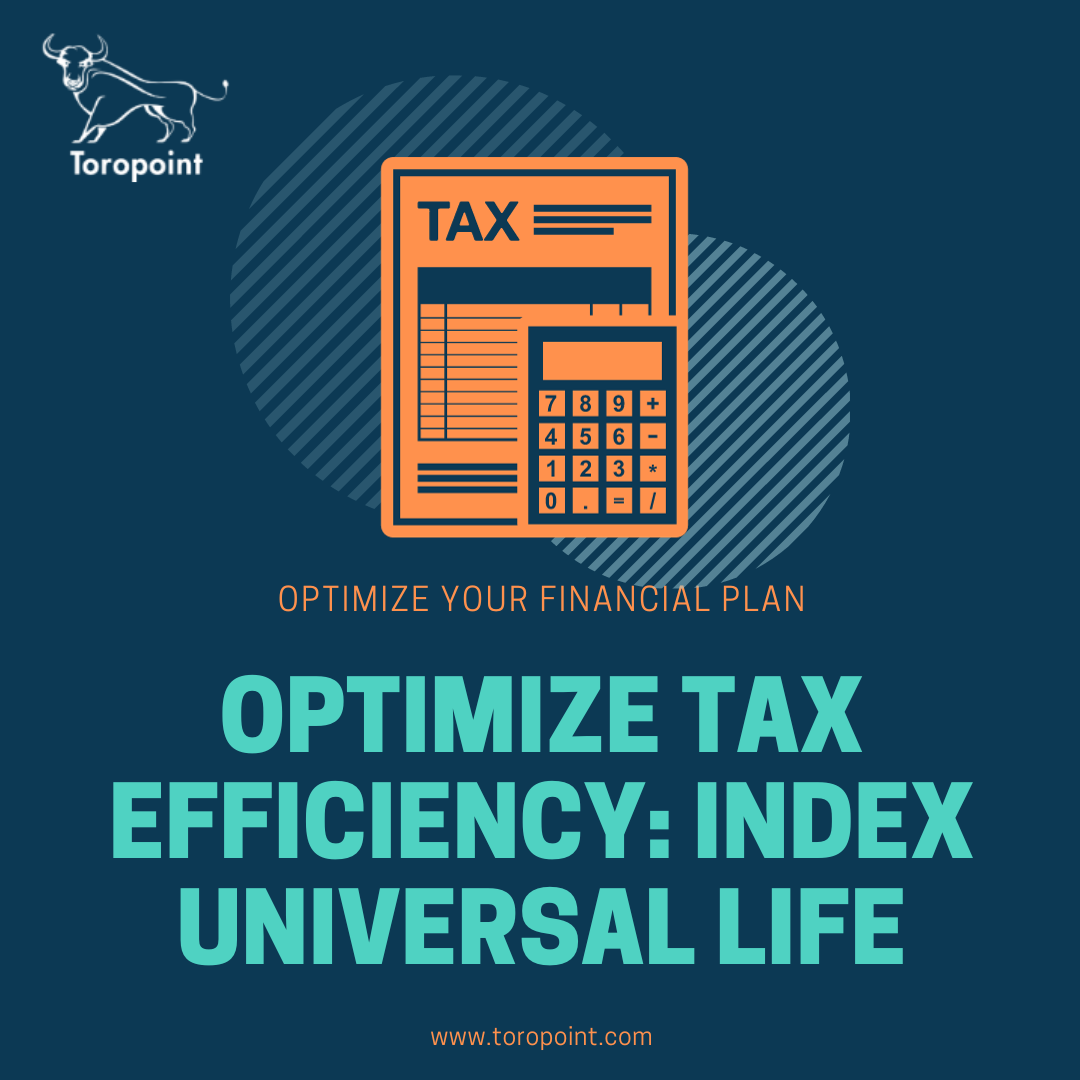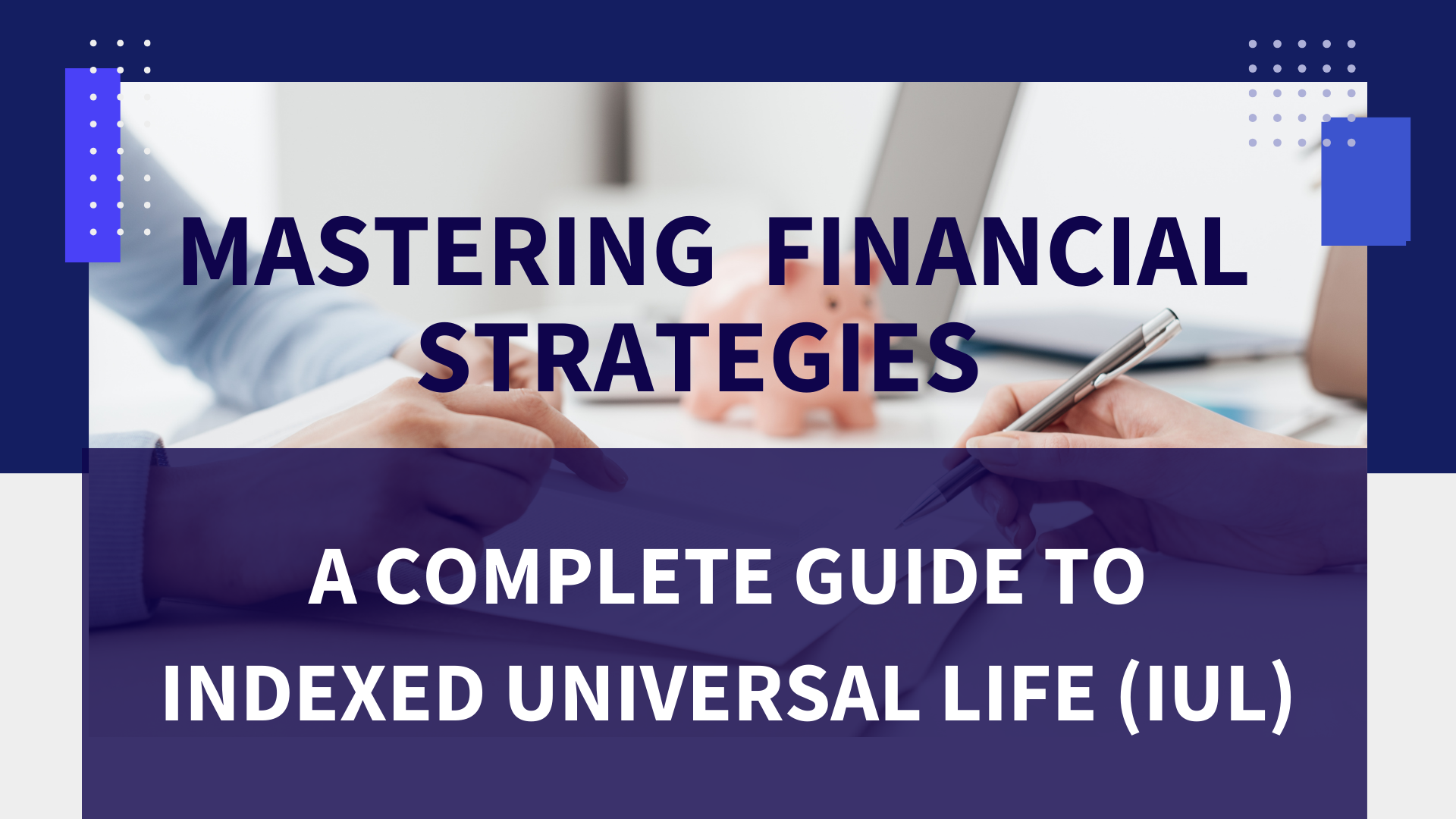Life settlements offer a valuable alternative for policyholders looking to maximize the value of their life insurance policies. In this comprehensive guide, we'll delve into the intricacies of life settlements, from understanding the concept to exploring eligibility criteria and weighing the pros and cons.

In the realm of financial planning, life settlements stand out as a valuable tool for policyholders looking to maximize the value of their life insurance policies. This comprehensive guide aims to provide a thorough understanding of life settlements, from the basics of the process to the benefits, factors influencing values, regulatory considerations, and real-life case studies.
Introduction to Life Settlements
Life settlements offer an alternative to surrendering life insurance policies, providing policyholders with an opportunity to receive a lump sum cash payment in exchange for transferring ownership of their policy to a third party. This transaction allows policyholders to unlock the intrinsic value of their life insurance assets while relieving themselves of future premium payments.
What is a Life Settlement?
A life settlement is a financial transaction in which a policyholder sells their life insurance policy to a third party for a lump sum cash payment. The purchaser becomes the new owner of the policy and is responsible for paying the premiums and ultimately receives the death benefit upon the insured's passing.
Who Qualifies for a Life Settlement?
Life settlements are typically available to individuals aged 65 and older with a life insurance policy that meets certain criteria. Policies with a face value of $100,000 or more are commonly considered for life settlements. Additionally, the insured individual's health status plays a crucial role, as policies with shorter life expectancies tend to attract higher offers.
The Life Settlement Process
The life settlement process typically involves several key steps.
- Initial Assessment: The process typically begins with an initial assessment of the life insurance policy by the policyholder or their financial advisor. This assessment involves evaluating factors such as the policy's face value, premiums, and the insured's health status.
- Engaging a Life Settlement Broker or Provider: Once the decision to explore a life settlement is made, the policyholder engages a licensed life settlement broker or provider. These professionals specialize in facilitating life settlement transactions and have expertise in evaluating policy values, market dynamics, and negotiating with investors.
- Policy Evaluation and Market Value Assessment: The broker or provider conducts a thorough evaluation of the policy to assess its market value. This evaluation considers factors such as the insured's age, health status, life expectancy, and the terms of the policy. The goal is to determine the fair market value of the policy and its potential attractiveness to investors.
- Presentation to Potential Investors: Once the policy's market value is determined, the broker or provider presents the policy to potential investors. These investors may include institutional investors, investment funds, or private individuals looking to purchase life insurance policies as investments.
- Offer Evaluation and Negotiation: Investors review the policy details and make offers based on their assessment of the policy's value and potential returns. The broker or provider facilitates the negotiation process, working to secure the best possible offer for the policyholder.
- Acceptance of Offer: Once an offer is accepted, the policyholder enters into a purchase agreement with the investor. This agreement outlines the terms of the transaction, including the purchase price, payment schedule, and any other relevant details.
- Due Diligence and Documentation: The investor conducts due diligence to verify the policy's details and ensure that all legal and regulatory requirements are met. This may involve reviewing medical records, policy documents, and other relevant information. Once due diligence is completed, the necessary documentation for the transaction is prepared and executed.
- Funding and Policy Transfer: Upon completion of due diligence and documentation, the investor funds the transaction, and ownership of the policy is transferred from the policyholder to the investor. The policyholder receives a lump sum cash payment in exchange for transferring ownership of the policy.
Benefits of Life Settlements
Opting for a life settlement offers several advantages over surrendering a life insurance policy. Firstly, policyholders receive an immediate lump sum payment, providing liquidity to address financial needs such as medical expenses, debt repayment, or retirement planning. Additionally, life settlement offers often exceed the cash surrender value of the policy, unlocking greater value for the policyholder. Moreover, by selling the policy, the policyholder is relieved of future premium payments, as the new owner assumes responsibility for paying premiums.
Pros and Cons of Life Settlements
Pros:
- Lump Sum Payment: Life settlements offer an immediate lump sum payment, providing policyholders with liquidity to address financial needs such as medical expenses, debt repayment, or retirement planning.
- Higher Payouts: Life settlement offers often exceed the cash surrender value of the policy, allowing policyholders to unlock greater value from their life insurance assets.
- No Ongoing Premium Payments: Once the policy is sold, the new owner assumes responsibility for paying the premiums, relieving the original policyholder of future premium obligations.
Cons:
- Impact on Death Benefit: Selling a life insurance policy reduces or eliminates the death benefit payable to beneficiaries upon the insured's passing, which may not align with the original intent of the policy.
- Tax Implications: Proceeds from a life settlement may be subject to taxation, depending on various factors such as the policy's basis, premiums paid, and the policyholder's age.
Case Studies: Real-Life Examples of Life Settlements
These case studies demonstrate how life settlements can provide valuable financial solutions for individuals in different situations, whether they no longer need their life insurance policies or require immediate access to cash for pressing needs:
Case Study 1: Policy No Longer Needed
Background:
John, aged 75, purchased a $1 million life insurance policy years ago to provide financial protection for his family. However, as his children grew up and became financially independent, John found that he no longer needed the coverage provided by the policy. With retirement approaching, John was looking to streamline his financial portfolio and reduce unnecessary expenses.
Situation:
John's life insurance policy had accumulated significant cash value over the years, but he was reluctant to surrender it to the insurance company for a fraction of its value. After consulting with his financial advisor, John learned about the option of selling his policy through a life settlement.
Life Settlement Transaction:
John engaged a licensed life settlement broker to facilitate the transaction. The broker evaluated John's policy and presented it to potential investors in the life settlement market. Several investors expressed interest, and after careful review, John accepted an offer of $300,000 for his policy.
Outcome:
By selling his life insurance policy through a life settlement, John received a lump sum cash payment of $300,000. This liquidity allowed him to address various financial needs, including supplementing his retirement income, funding healthcare expenses, and enjoying a higher quality of life during his golden years.
Case Study 2: Immediate Need for Cash
Background:
Sarah, aged 70, was diagnosed with a serious medical condition that required expensive treatment not covered by her health insurance. To cover the cost of treatment and medical expenses, Sarah needed immediate access to a significant amount of cash. Unfortunately, her savings were insufficient to meet the financial demands of her medical situation.
Situation:
Sarah owned a $500,000 life insurance policy with a cash surrender value of $50,000. While surrendering the policy would provide some funds, Sarah needed a larger sum quickly to cover her medical expenses and ensure timely access to treatment.
Life Settlement Transaction:
Sarah explored the option of selling her life insurance policy through a life settlement to access a larger sum of cash. With the assistance of a licensed life settlement broker, Sarah marketed her policy to investors in the life settlement market. After receiving multiple offers, Sarah accepted an offer of $250,000 for her policy.
Outcome:
By selling her life insurance policy through a life settlement, Sarah received a lump sum cash payment of $250,000. This infusion of funds provided Sarah with the financial resources needed to cover her medical expenses, access timely treatment, and focus on her health and well-being without worrying about financial constraints.
Conclusion
In conclusion, life settlements offer a valuable financial option for policyholders looking to unlock the value of their life insurance policies. By understanding the process, benefits, factors influencing values, regulatory considerations, and real-life case studies, individuals can make informed decisions about whether a life settlement aligns with their financial objectives.
In our next article, we'll delve deeper into the intricacies of the life settlement process, exploring the roles of different parties involved and providing tips for navigating the transaction effectively.
Leave a Reply
Your email address will not be published. Required fields are marked *
Leave a Reply
We will get back to you as soon as possible.
Please try again later.
RECENT POSTS




RECENT COMMENTS
ARCHIVES
CATEGORIES
META
ALL RIGHTS RESERVED© TOROPOINT 2024

